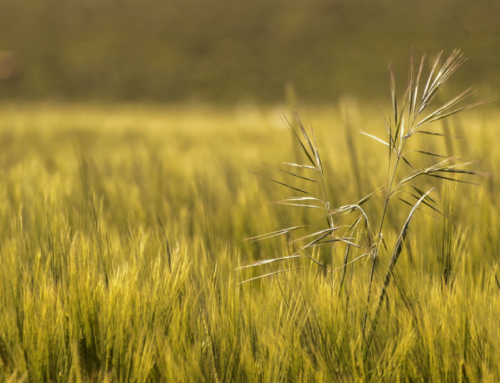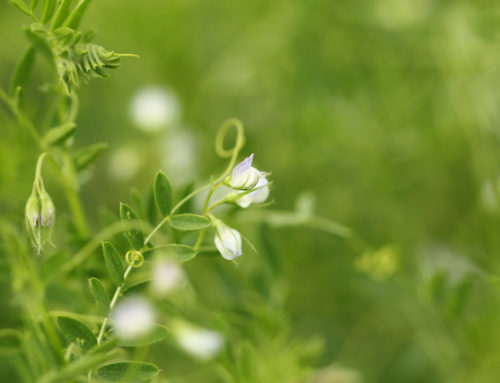With the conditions across much of the Prairies this past season, growers may get a good chance at an extended fall seedbed preparation window. This will make the spring rush just that bit more manageable.
Fall is a good time to manage residue left after harvest. Tillage at this time can also speed up the breakdown and release of nutrients from those residues. Managing residue is a key factor to accurate seed placement in the spring. To have a better chance at quick, even emergence, accurately managing seeding depth across the field is very important. Unwanted residue can interfere with seeding by blocking drill openers, preventing drill openers from penetrating to the required depth or falling into the opening with the seed preventing good seed to soil contact, good closure and packing.
“After the combine is done, there’ll be time to get out with heavy harrows to move the chaff around in the windrows left after harvesting,” says Lionel Kaskiw, farm production extension specialist for Manitoba Agriculture at Souris, Manitoba. “While many growers are no-till or minimum-till practitioners, if they are planning on growing soybeans next year, then they’ll have to consider blackening up the soil a bit now in anticipation.”
There’s a trade-off this year between managing residue and leaving enough behind to capture as much snow as possible to off-set the dry conditions experienced this past season. “While some growers are looking for some fall rain to replenish soil moisture reserves, others are capitalizing on the dry conditions to reclaim land that has been out of production for the past three years due to excessive moisture,” explains Kaskiw. “I’m seeing them out swathing cattails and burning them in the low spots and working to bring that land back into production-ready condition for spring.”
Fall fertilization operations are on-going and are very dependent on the price of fertilizer as well as the requirements for 2018. Generally, fertilizer prices are more advantageous for the grower in the fall. This is also a good time of the year to soil test – and indeed, within the next two to three weeks, soil testing should be all but complete, especially on those farms using a professional service that offers soil testing as part of its package.
Fall is also a good opportunity to get a head start on weed control for spring, especially those hard to control weeds and problem perennials. “I suspect growers are going to wait a while and hope for some rain,” says Kaskiw. “That, together with the tillage they already might have done should stimulate a good flush of weeds and volunteers that can be taken care off with glyphosate or a glyphosate tank-mix. The cleaner the field in the spring, the quicker it is to dry and the sooner a grower can get in to seed.”
Fall can be an extended season, however, there are no guarantees. As the saying goes, make hay while the sun shines.







Leave A Comment